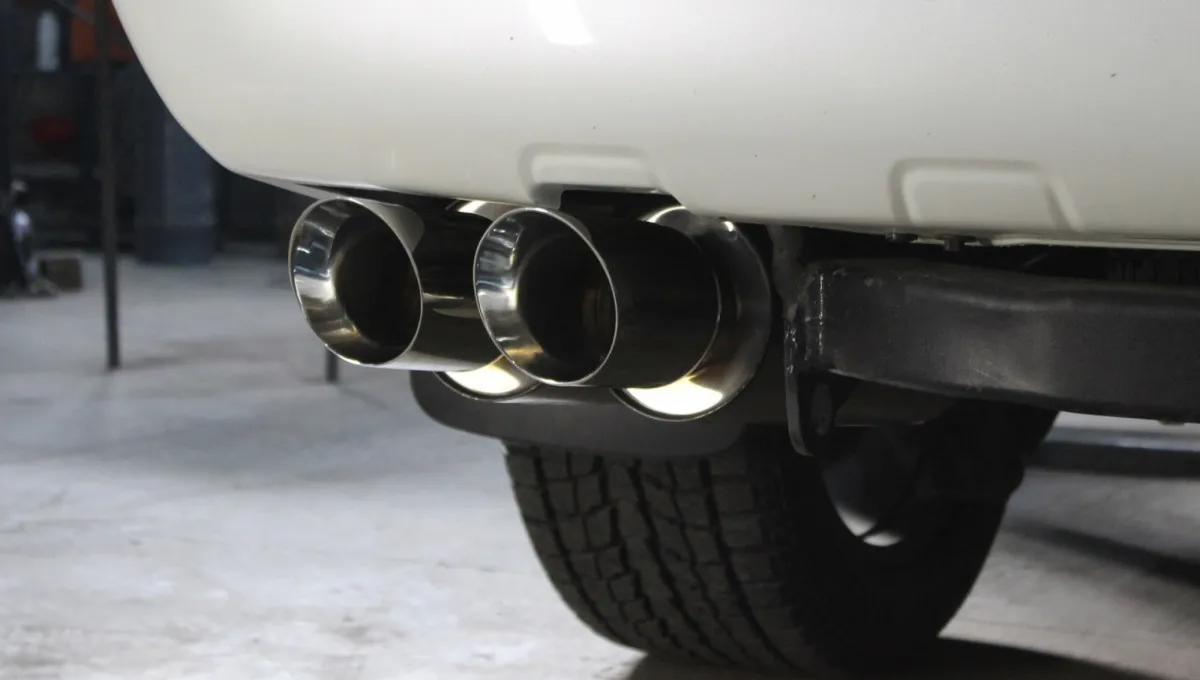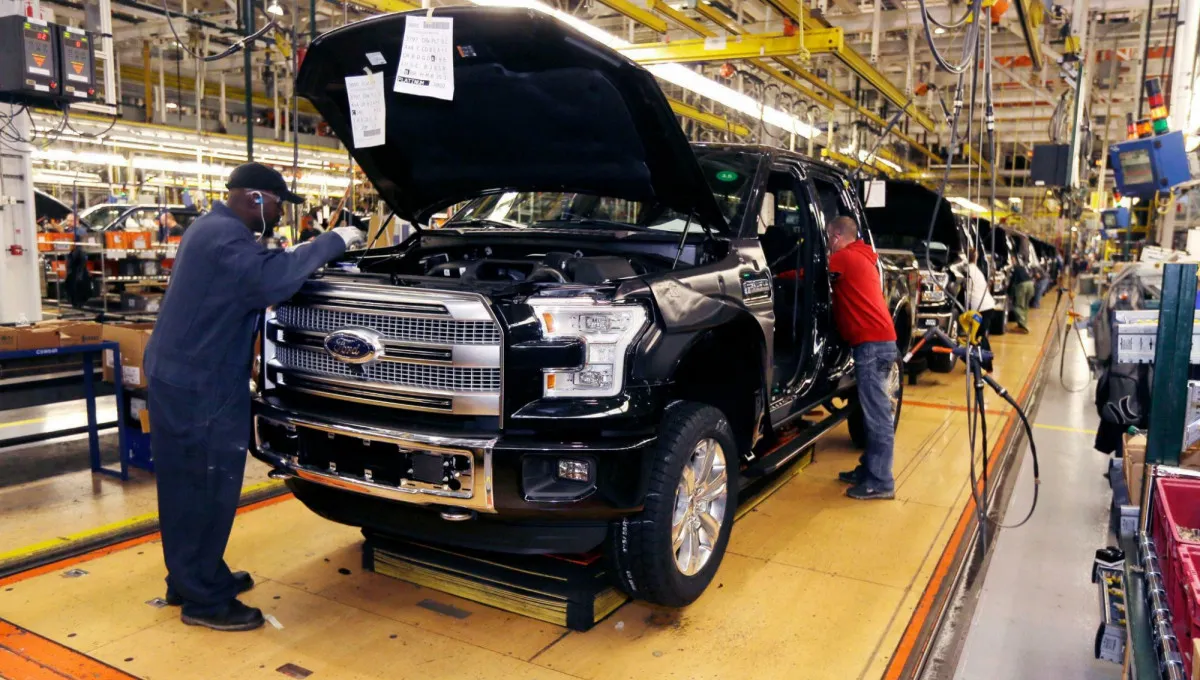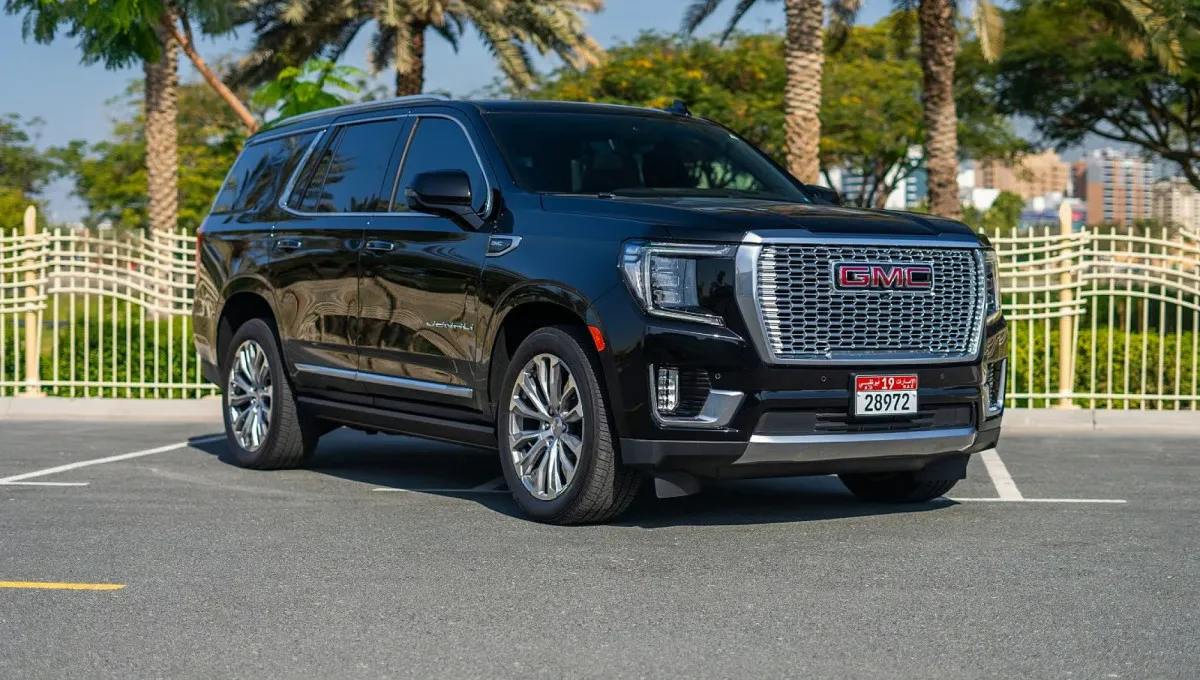World First: Meteorite May Have Crashed Into Tesla’s Windshield in Australia
A Tesla in Australia has reportedly collided with an unidentified object that may have come from space.

In Australia, a Tesla has struck an unknown object that scientists believe could be a meteorite — a potentially unprecedented event.
The incident involved veterinarian Andrew Melvill-Smith from Whyalla, South Australia, who was driving on a highway with his car’s Autopilot engaged. According to him, the impact was so strong that the windshield “softened and partially melted,” leaving a web of cracks spreading from the point of contact.
Despite the violent collision, the Tesla kept driving as if nothing had happened. Melvill-Smith later reported the strange event to the South Australian Museum, which has opened an investigation to determine the object’s origin. If confirmed, this could be the first documented case of a meteorite striking a moving vehicle anywhere in the world.
“I thought we’d crashed — it was that loud and sudden,” Melvill-Smith told ABC News. “The car just kept going calmly, as if it didn’t notice the chaos happening inside.”
Every year, roughly 5,200 tons of material from space fall to Earth, most of it as microscopic dust. Larger fragments are far less common, as the vast majority burn up in the atmosphere before reaching the ground. Seeing an actual meteorite impact is extremely rare — and a direct hit on a moving car would be almost unheard of.
Kieran Mini, a mineralogist at the South Australian Museum, said the first step would be to analyze the Tesla’s windshield for traces of cosmic material. If the lab tests confirm extraterrestrial origin, researchers plan to visit the site to search for fragments.
“The most remarkable thing is that the glass really did appear to melt a little — the impact released so much energy that it generated intense heat,” Mini explained. Typically, meteorites that survive their descent to Earth are cool to the touch, since atmospheric friction only vaporizes their outer layer. But at sufficiently high speeds, kinetic energy can instantly convert to heat, causing localized melting like that seen on the Tesla’s windshield.
Scientists, however, aren’t ruling out other possibilities — such as space debris, aircraft fragments, or even a terrestrial rock. “Right now we’re treating it as a meteorite hypothesis,” Mini said. “But we’ll draw our final conclusions once the analysis is complete.”
If it turns out to be a genuine meteorite, this event would mark a historic first — the only known instance of a space rock colliding with a moving vehicle.
You may also be interested in the news:

Study Finds Tailpipe Emissions Are No Longer Cars’ Biggest Pollution Source
Stricter engineering standards have made engines much cleaner, but other factors still have a major environmental impact.

LiDAR Market Darling Luminar Goes Under: Supplier to Mercedes-Benz and Tesla Files for Bankruptcy
The company has sought bankruptcy protection and plans to sell off its assets.

Global Automotive Semiconductor Market Nears $100 Billion by 2029 as Logic Chips Take the Lead
Analysts expect strong growth in the global automotive chip market over the next several years.

Tesla Bets Big on Battery Manufacturing in Germany
Tesla has resumed work on launching battery production at its Grünheide plant in Brandenburg.

2025's Largest Recalls Target Engine Failures Across GM, Toyota, Honda, and Others
Owners of popular models could be left without an engine—what’s going wrong and who’s at risk